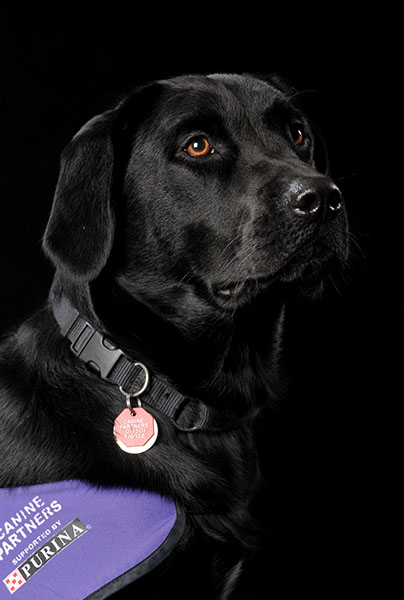- Messages
- 20
- Name
- Chris
- Edit My Images
- No
I am primarily an outdoor photographer of dogs but have been offered to rent a place as a pop up studio in a popular spot so I'm looking to invest in my first studio kit!
I've looked around and loved Einstein kits but they're USA only so I'm looking for something similar.
My budget is around £1000 and my current setup is a nikon d7100 and a couple of lenses.
What heads or kits do people recommend available in the UK? I want to be able to do action shots so prefer strobe and as fast as possible.
I also need a background stand which needs to be super sturdy obviously because dogs are going to be running around on it and I don't want it to flop over and damage things. The space ill be using is fairly limiter in size but a telescopic pole setup would be ideal so I can open it up when I have more space!
Thanks for your advice
Chris
I've looked around and loved Einstein kits but they're USA only so I'm looking for something similar.
My budget is around £1000 and my current setup is a nikon d7100 and a couple of lenses.
What heads or kits do people recommend available in the UK? I want to be able to do action shots so prefer strobe and as fast as possible.
I also need a background stand which needs to be super sturdy obviously because dogs are going to be running around on it and I don't want it to flop over and damage things. The space ill be using is fairly limiter in size but a telescopic pole setup would be ideal so I can open it up when I have more space!
Thanks for your advice
Chris





 Ellie test shots 1
Ellie test shots 1